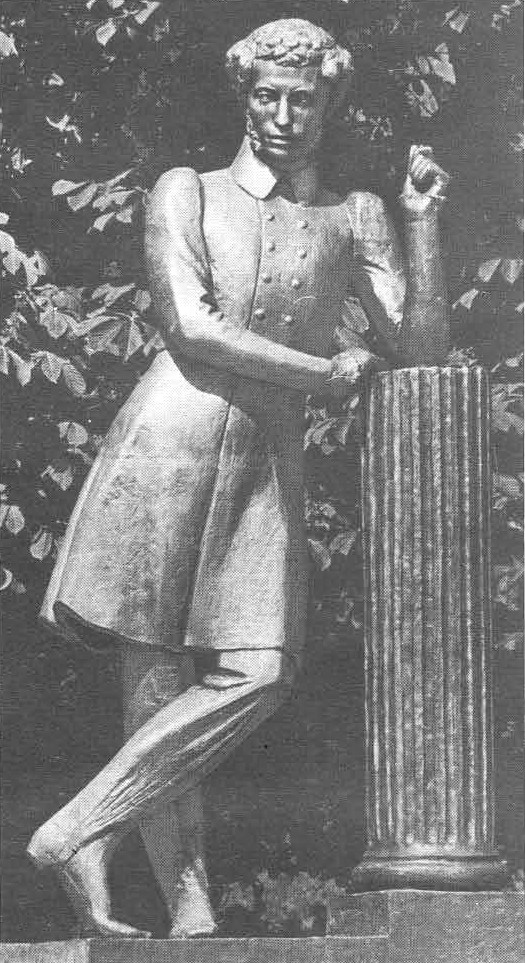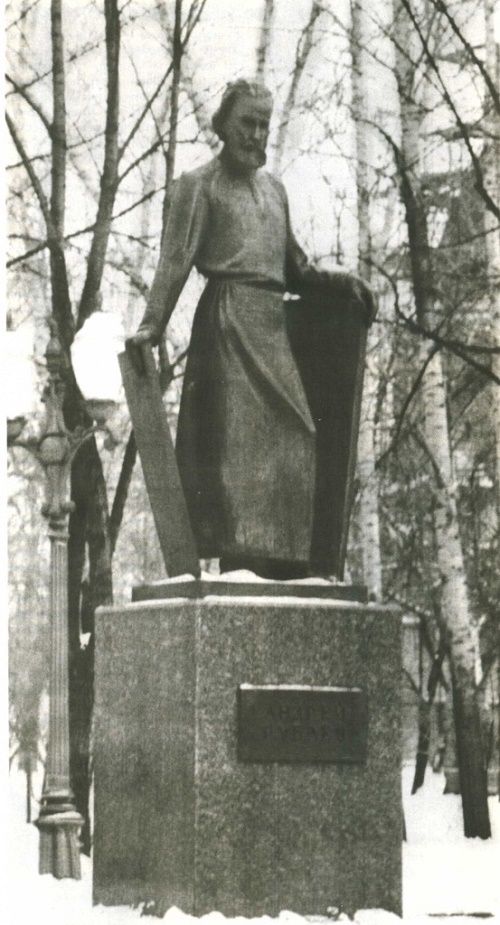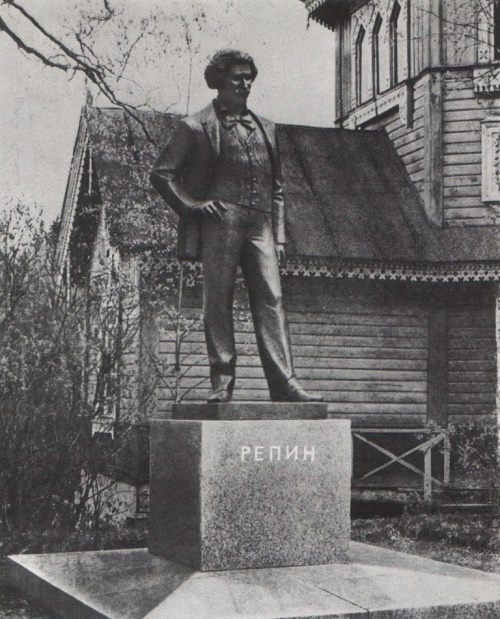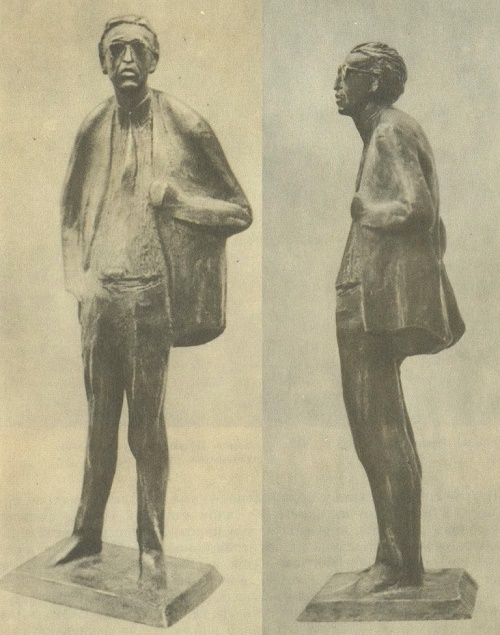Soviet sculptor Oleg Komov

Soviet sculptor Oleg Komov (1932-1994). Monument H. Assad in Damascus on the square in front of the country’s main library, 1984
Soviet sculptor Oleg Komov (1932-1994) – People’s Artist of the USSR (1987), full member of the USSR Academy of Arts (1988), Professor. Winner of USSR State Prize (1981). Member of the CPSU since 1962. Until the 1970s Komov mainly worked in small sculptures. He is the author of many monuments of prominent figures of Russian culture, vivid historical figures, established in Moscow and other cities of the former USSR. To the work of Komov are characteristic laconic forms, intimacy scale, the proportionality of the viewer and the correctness of the historical context of the architectural environment. The figures of his monuments are usually supplemented by typical historical details or objects. His work – bright, individual pages of national sculpture of the second half of the XX century.
Soviet sculptor Oleg Komov was born July 16, 1932 in Moscow. In 1948 – 1953 he studied at the Moscow Regional Art School in memory of 1905. In 1953 – 1959 he studied at the Moscow State Academy of Surikov in the workshops of NV Tomsky. Since 1957 he began to participate in exhibitions. In 1959 he became a member of the Artists’ Union of the USSR. Since 1968 – member of the Board of the Union of Artists of the USSR. In 1975 he became a corresponding member of the USSR Academy of Arts, and in 1977 – a member of the Committee on Lenin and State Prizes of the USSR. In 1988 – Full member and member of the Presidium of the USSR Academy of Arts. Since 1992 – Professor of Sculpture at the Moscow State Art Institute named after Surikov. Wife of Oleg Komov, Nina – architect. Sons – Ilya Komov (1965 p.) – Artist, Alexey Komov – architect. Oleg K. Komov died September 3, 1994, and was buried in Moscow at Kuntsevo Cemetery.

‘Eternal Glory’ – a monument to those who died in the Great Patriotic War. Novomoskovsk, Tula region
The monument ‘Eternal Glory’ – a monument to those who died in the Great Patriotic War. Novomoskovsk, Tula region. Sculptor OK Komov, EM Ladynin, architect VM Klimov. Opened on December 30, 1973.
“We must reflect in our works the spiritual wealth of our ancestors. It is today an integral part of socialist culture, its heyday.” These words of the sculptor Oleg Komov indicate continuity of the best traditions of Soviet art – to attach the viewer to the highest moral values, bring up patriotism, a sense of beauty, respect for the past.
The image of Alexander Pushkin – one of the main in the creativity of artist. From the memoirs of the Soviet sculptor Oleg Komov: “In 1954, in one of the white nights, I was still a student of the Surikov Institute, wander along the embankments of Leningrad, casually looked up at the window of an unremarkable house and froze: on a marble slab old orthography has been written that January 29, 1837 in this house died Alexander Pushkin … I often came here and was always welcomed by the people working in the museum, who gave the opportunity to feel the poet alive.”
“The first time I went to Mikhailovskoye in 1965. It was autumn. We stayed with a friend in a tent on the shore of Lake Kuchan, we roamed the surrounding of Pushkin places, and both inspired to work on the image of the poet. Then there was the idea to make a sculptural group “Pushkin and Pushchin.” We needed a psychological contrast: seemingly discreet Pushchin allowed to emphasize the artistry and freedom of Pushkin poses.”
“Sixth day of June, 1972 in Moldova was opened my first monument to Alexander Pushkin in the very place where the exiled poet visited his friend K. Rally. There is a version that Pushkin was then shaved after typhus. I was offered to portray such details, but I thought that to do so not worth it – this is not typical of Pushkin and degrades the image. I decided to portray a young poet, leaning on hand column – park decoration of the time and one of the classic characters, which he was fond.































